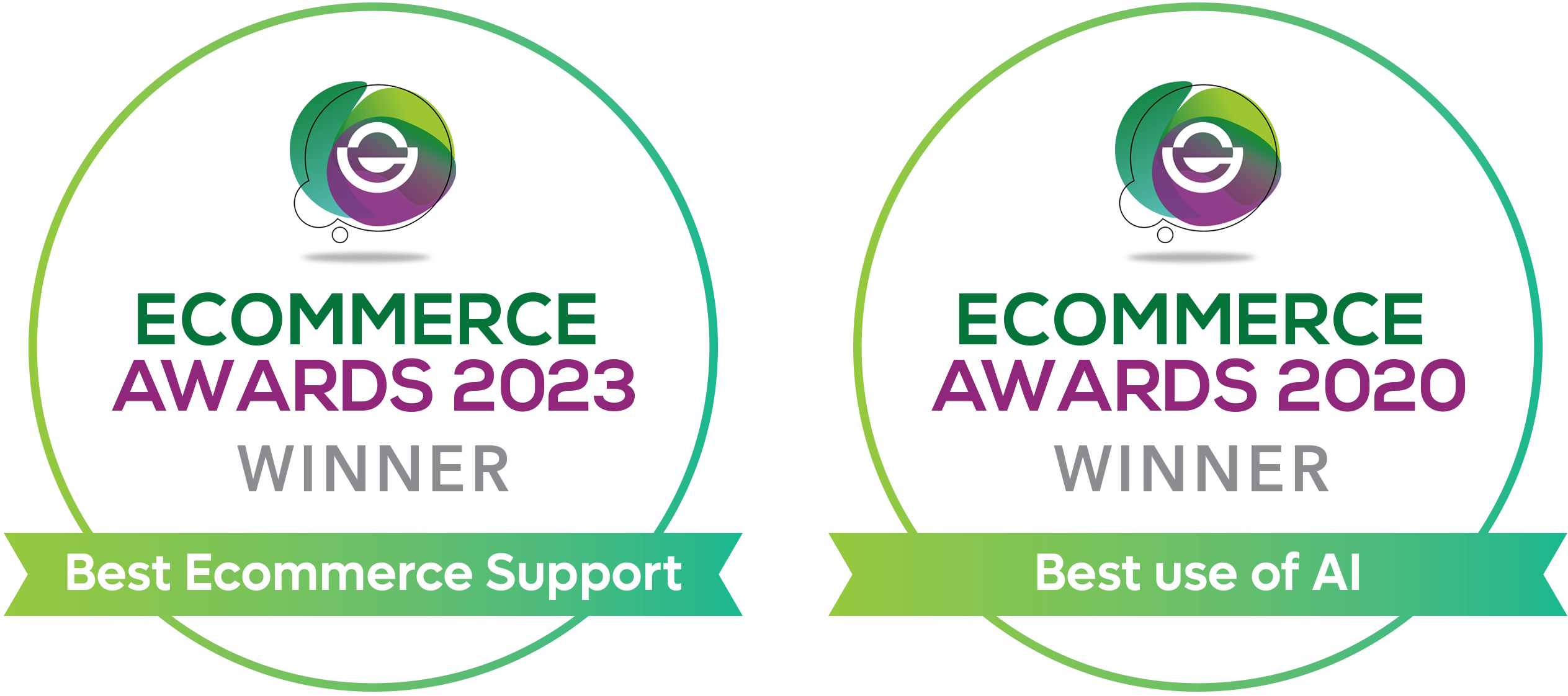How Predictive Personalisation is Changing Ecommerce
Personalisation technology in the eCommerce and the digital space offers a way to take your products and services to the next level by providing a highly individual experience to your customers. Predictive analytics combined with personalisation allows brands to identify which touchpoints in the consumer journey are most likely to prompt consumers to buy. The first step towards this goal is data driven customer segmentation. Once customer data is gathered and analysed consumers can be segmented into smaller cohorts that share similar interests and triggers. Based on this data, marketers can create more compelling experiences and lead the potential customers to the products, categories and brands which they might not otherwise discover. By understanding the consumers’ needs and wants, marketers can intuitively propose the products and services to make customers’ lives easier and happier.
So, what are the main steps for achieving highly personalised segmentation?
Customer data is the key
The current digital environment is increasingly protective of individual privacy and also sees the end of third-party cookies, so collecting and securely storing your own fully consented first-party customer data is a key first step towards personalisation. Companies need to prioritise this data collection and build their own databases with detailed information such as customer behaviour, buying patterns, purchase history and all the customer journey interactions both offline and online. Machine learning (AI) methods can be applied to data analytics which is crucial for drawing meaningful insights and starting the process of customer segmentation and personalisation. The good news is that this can be done in a generalised way without any need to store individual or personal data e.g. you might learn that customers who spend longer than 20 seconds on a particular product information page are 3x more likely to buy that product – with no personal data collected.
Machine learning and automation for decision making
Once you have collected and analysed sufficient first-party data, the next step is to move from insight to action. The aim is for predictive analytics and machine learning models which support an automated decision making process applied to your marketing activities and actions, designed to increase conversion likelihood. For example, a machine learning model based on your customer data can provide recommendations of the next marketing initiative most likely to lead to a conversion. For one user it can be a 10% discount, while for another user it can be a follow up email. In this way, predictive analytics based on previous user behaviour can be used to dynamically increase marketing ROI.
Smart customer segmentation
The main difference between an offline and a digital marketing strategy is the overall move away from ‘one- to-many’ to ‘one-to-one’ communication. By addressing each small customer cohort individually companies are able to build meaningful relationships with their customers, which in return leads to higher retention rates. Predicting each customer’s preferences in terms of packaging, feel and look of the landing page, frequency of campaigns, payment methods and delivery options companies can all increase the likelihood of conversion greatly. Bespoke machine learning models based on first-party data, rather than generalised third party data, allow brands to focus on what is important.
The ‘next-best- action’ model assigns a propensity score to each user, where a 0.1 score might signify a low likelihood to buy and a 0.9 score might be a high likelihood for conversion. Knowing this information, marketers can focus on providing additional offers to the users with low propensity scores, while continuing selling full price to those who will buy anyway. This strategy is helpful for increasing margins and profits. Moreover, predictive analytics models can identify which exact marketing actions might lead to the increasing likelihood for other goals, such as longer term retention.
Summing up
To conclude, personalisation is a new way of understanding your customers at scale, enabling online sellers to provide an exceptional level of service while the privacy of the customer is not compromised. Predictive analytics plus automation is the practical means of turning the concepts of personalisation into action. Customers want to be heard, customers want to be understood and their needs should be met by the market propositions on offer. Personalisation powered by AI is the way to understand how, when and where to engage with your customer to build meaningful relationships and scale your business.
Get in touch with us for expert advice!
Thanks for reading – we hope you learned something through this high-level tour of marketing effectiveness methods. If you want to learn more about expert data analytics using AI, or are interested in how Metageni can help you use your data to grow online, then do get in touch with us: hello@metageni.com
Gabriel Hughes PhD
Does this article resonate with you? Check out other posts to the right of this page.
Can we help unlock the value of your analytics and marketing data?
Metageni is a London UK based marketing analytics and optimisation company offering support for developing in-house capabilities.
Please email us at hello@metageni.com















